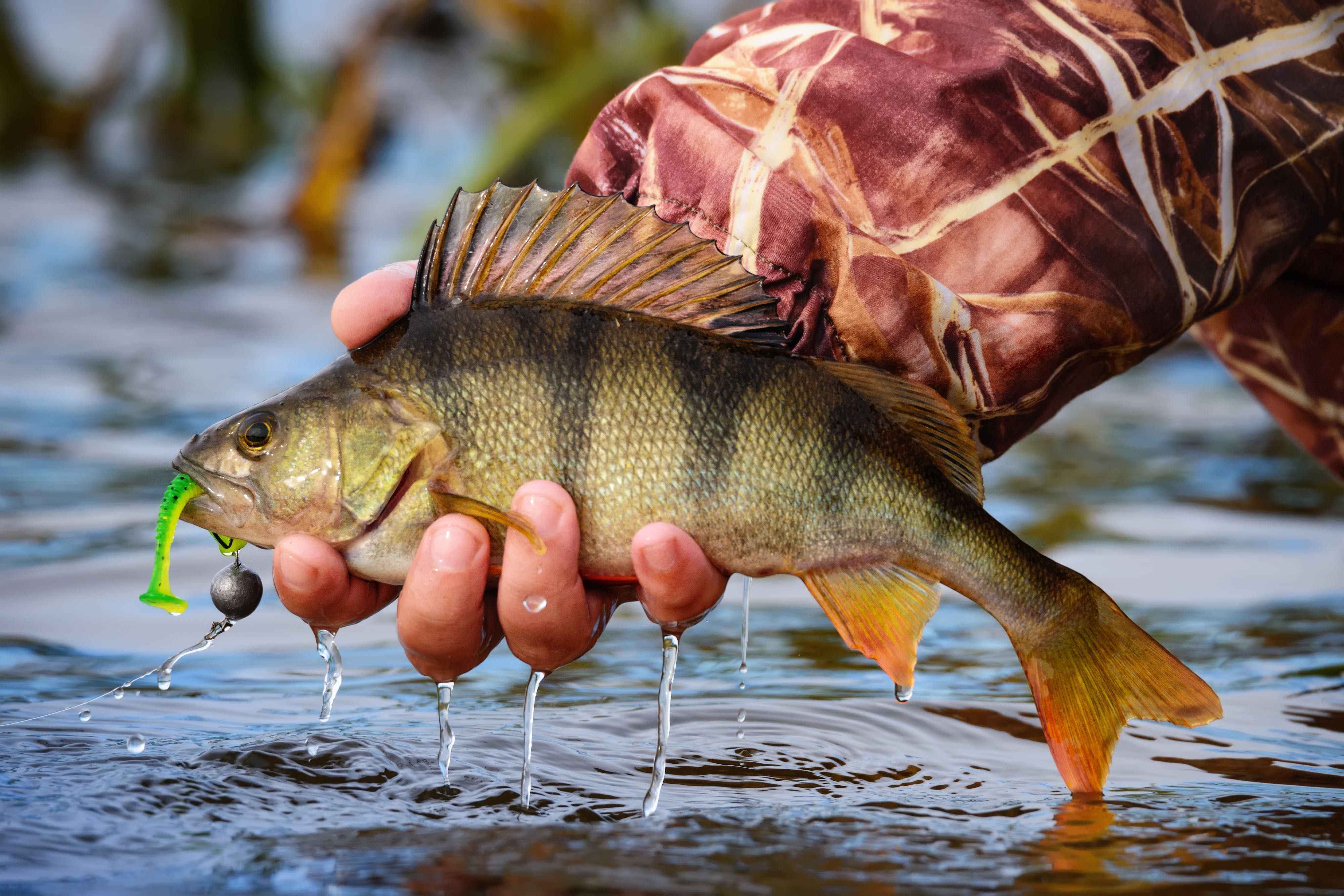February 11, 2021
Jigging

Jigging, a fishing technique which entails anglers to use an artificial lure (rubber based bait attached to a lead sinker with a hook molded through it), has long been associated to a Japanese fisherman Yoichi Mogi after receiving an official re-invention in the 1990s. Although fundamentally, this technique did exist, but Mr Mogi made efforts to improve relevant equipment, especially in the realm of terminal tackle (all that is attached at the end of a fishing line).
Unlike as in case of spinner baits, a jig creates a jerky, yet vertical motion to catch almost all sorts of fish as it can be practiced both in saltwater as well as in freshwater. Jigging can interestingly be done in a water depth ranging from 30-250 meters (for which one needs to ride on a boat), but has also been implemented upon while appointing a cliff surrounded by water as part of ‘shore jigging’.

What to Expect When Jigging
Being a first timer, just to avoid impulsive purchase of everything a shop owner has to offer, you must get acquainted with the need for each equipment and their alternatives. And all such factors depend upon your target prey and the spot you’ve chosen. If your budget allows, go for a jigging guide, an experienced friend, or simply a tour with a recognized charter operator. This can get you to the popular jigging sites and teach you professional jigging strategies to achieve expected goals.
But in case if you want to go solo, you can look up to get the simplest gear at around $200, and advance equipment in $800 (when your target fish is huge and strong like the kingfish). Ideally, start with catching the smaller species with jigs weighing at least 90 grams, and upgrade with progress in experience.
Fun fact: Jiggers create an illusion of life before their prey as they move their fishing rods up and down while retrieving the line they had initially loosened to reach the bottom of water source. This happens as the bait (a jig) consequently twitches after having received an ascending motion through the line.
Jigging Tips
- Do not utilize a regular spinning rod for your jigging excursions. That’s because they aren’t designed for vertical ascending motions.
- Get a longer rod than usual when going for shore jigging. That would prevent your line from getting entangled into reeds and rocks closer to the shoreline.
- Get your hands on some fish fighting belts or harnesses which could provide you with the extra support to hold and pull a rod while catching a heavy weight fish.
- In muddy water, the best recommendation with regards to jigs is to use the bright ones. However, in case of clear water, it’s always best to use the ones with lighter hues. Certain fish like Bass experiences hindered vision due to silt, hence this rule works fine with such prey.
- Don’t directly start off with jigging your bait as you reach your desired location. The first few castings should make you comfortable with your fishing space and help you map what’s going underneath.


